The Triads of Ireland, or Trecheng Breth Féne (loosely translated as the “triadic” or “triple judgments of the freemen”), is a collection of approximately 256 Old Irish poems that offer sage wisdom, ancient advice, and sometimes humorous tips in the form of triplets. In literature, the Irish Triads may be likened to Haikus for their simplicity and standard rhythm consisting of a question followed by an answer always given in a set of three. These short poems cover a wide range of topics such as nature, geography, law, custom, and behavior, and may even offer some guidance for the modern world.
The significance of the number three to the early Irish is evident in the literature, mythology, and laws of early Ireland, which abounds in triplets and triads. There are three triple-goddess personifications of sovereignty and of Ireland; the triple forms of the Morrígan and the motif of the threefold death; as well as the three-leaved shamrock Saint Patrick used to teach the native Irish of the 5th century about the Holy Trinity.
What are the Triad Poems of Early Ireland?
The Triads, in a narrow literary sense, refer to short statements comprising three items with a characteristic and memorable trait in common. They are typically in prose and begin with an introductory reference to the common characteristic, followed by the three items, sometimes accompanied by an explanation. These Triads of Ireland were not used exclusively in Irish law texts, as other numerical forms were often preferred. However, they were used as a tool for conveying wisdom and practical knowledge in early Irish society and provided a concise and memorable way of sharing important information that could be easily passed down through the generations.
The Triads of Ireland provided a concise and memorable way of sharing important information that could be easily passed down through generations.
The text of Trecheng Breth Féne is found in largely identical form in the following manuscripts:
- The Yellow Book of Lecan (L)
- The Book of Ballymote (B)
- The Book of Húi Maine (M)
- The Book of Lecan (Lec)
- A paper MS written in 1575 (N)
- A paper MS written by Tadhg Tiorthach Ó Neachtain in 1745 (H’)
One example of a triad from the collection is “Three things which justice demands: judgment, measure, conscience.” This triad emphasizes the importance of fairness and integrity in society. Triads also provided guidance on skills and trades, such as “Three hands that are best in the world: the hand of a good carpenter, the hand of a skilled woman, the hand of a good smith.” This triad showcases the importance of these professions in early Irish society. Another triad, “The three rivers of Ireland: the Shannon, the Boyne, the Bann,” highlights the geographical significance of these bodies of water in Irish culture.
Other triads provided warnings about behaviors that were considered rude or unacceptable, such as “Three rude ones of the world: a youngster mocking an old man, a healthy person mocking an invalid, a wise man mocking a fool.” These triads were used as a way of reinforcing social norms and expectations. Some triads described mysterious or intriguing aspects of Irish culture, such as “Three tokens of a cursed site: elder, a corncrake, nettles,” or “The three dark places of Ireland: the cave of Knowth, the cave of Slaney, the cave of Ferns.” These triads offer glimpses into the beliefs and superstitions of early Irish society.
Video Interview: The Triads of Ireland & Kuno Meyer (with Olivia Wylie)
The clip below features Olivia Wylie as she shares her knowledge about the great German scholar who gave us the best translations of the sets of ancient Irish wisdom poems known as ‘the Triads,’ Kuno Meyer. Olivia is an author, artist, horticulturist, and bard who has spent her whole life learning about the wisdom of early Ireland. Olivia has also been part of the Brehon Academy team for the past two years. Watch below to learn her insightful knowledge of the Triads of Ireland (not the Chinese crime syndicate!)
Kuno Meyer was a German philologist who lived from 1858 to 1919. He worked on medieval Irish literature in the 1890s and early 1900s, particularly on the Old Irish Triads. These are a type of poem that introduces a concept and then explores three different aspects of that concept throughout the poem. Meyer was struck by the fact that these poems were more similar to haikus than to Western poetry, and he focused on translating them accurately, without trying to impose his own cultural views. He wanted to understand the original writers’ intentions and meanings.
Right: Newspaper cutting of Prof. Kuno Meyer’s Obituary.

Meyer’s translations of the Old Irish Triads are significant because they cut through the Victorian-era attempts to make the poems conform to Western poetic norms, such as rhyming couplets. Instead, Meyer presented them in a way that emphasized their unique style and structure, which was more like haikus. He also translated other medieval works including the Book of the Dún Cow.
You can access and download a copy of Kuno Meyer’s Triads of Ireland book from the member’s library of the Brehon Academy. Simply create a free basic account to gain access to this and over 100 other resources on Irish history, culture, and law.
Meyer’s work was essential for Wylie in understanding Irish culture beyond the new-age interpretations that often distort the original texts. Being raised with Irish stories and traditions, she found that many people who claim to understand Irish culture often present a distorted version that does not accurately reflect its history and traditions. Meyer’s work allowed her to read translations of original manuscripts and strip away the new-age fluff that can obscure their true meaning.
Wylie’s own work has focused on making the Triads of Ireland, as well as her Insights from the Irish Tree Alphabet, more accessible to a wider audience. Her most recent work is called The Illustrated Wisdom of Cormac Mac Airt. She has dedicated herself to writing and illustrating several works on Irish culture that help readers understand their structure and content in an approachable and aesthetically pleasing way. Her goal is to share the beauty and wisdom of these ancient texts with people who might not otherwise have the opportunity to appreciate them.
Sources and Additional Materials
- Trecheng Breth Féne, TheTriads of Ireland: https://www3.smo.uhi.ac.uk/gaeilge/donncha/focal/features/triads/triads.html
- Olivia Wylie, LeafingOutArt on Etsy.com: https://www.etsy.com/shop/LeafingOutArt
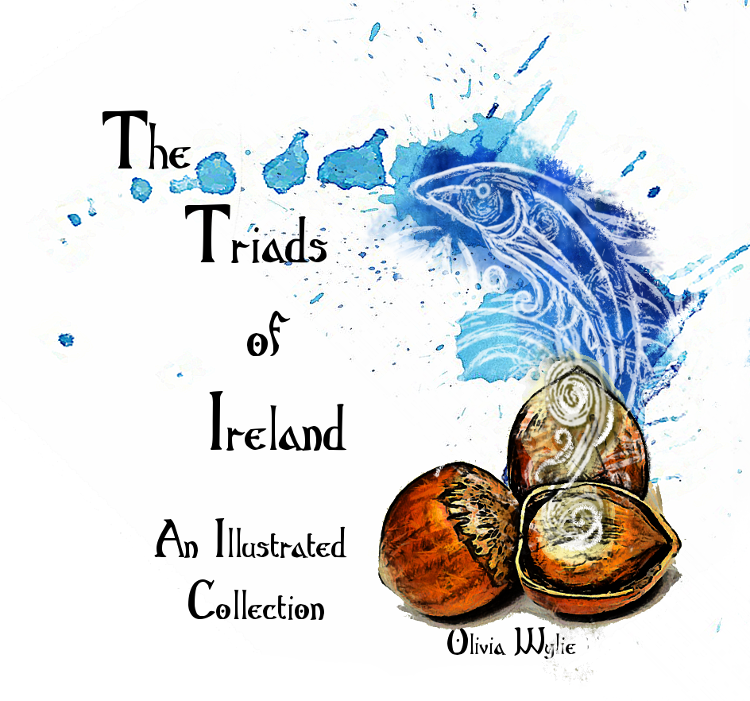
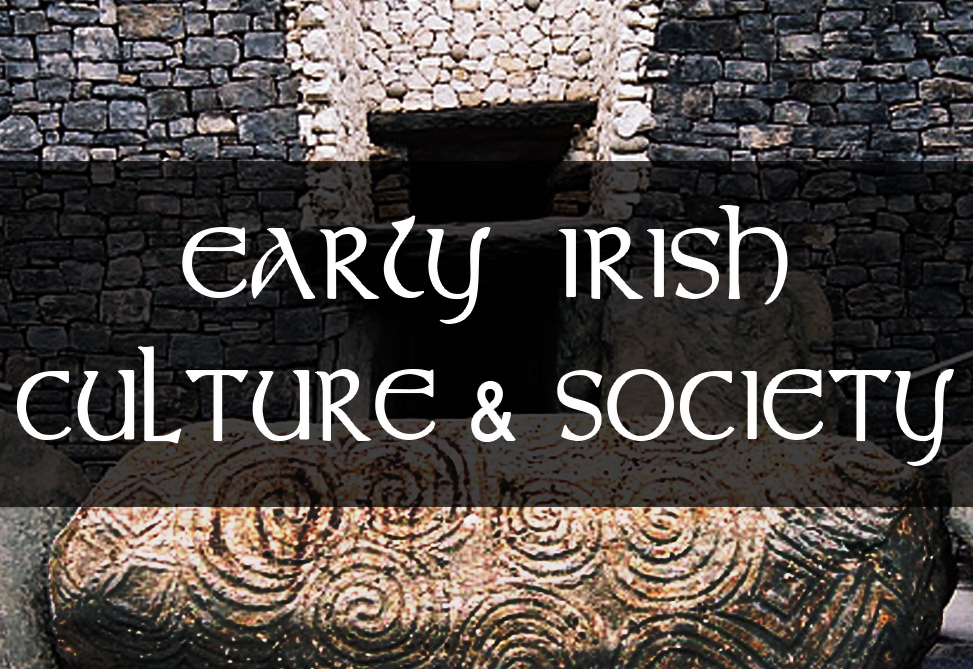

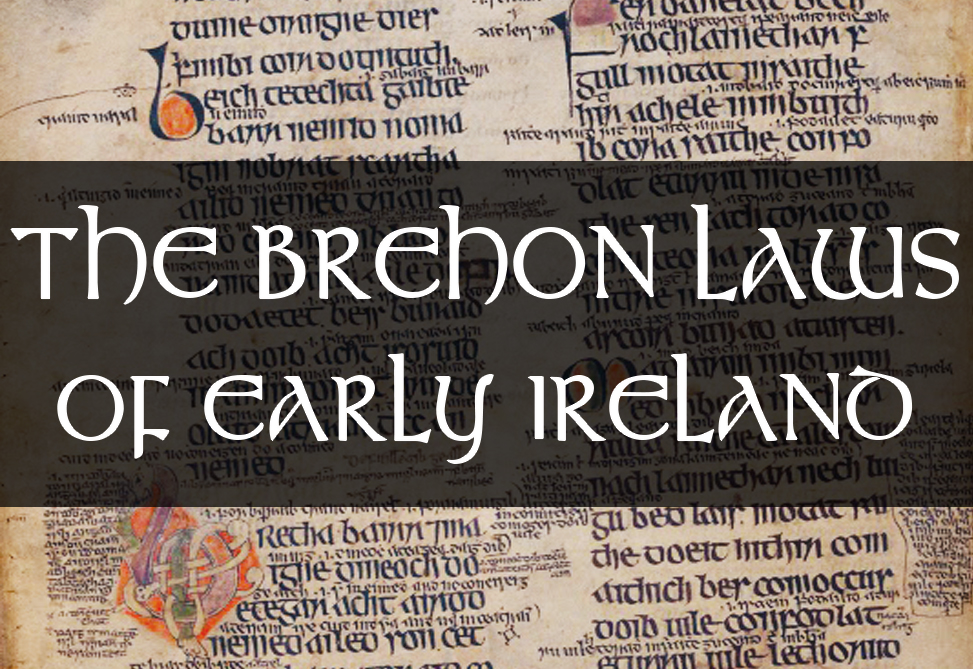
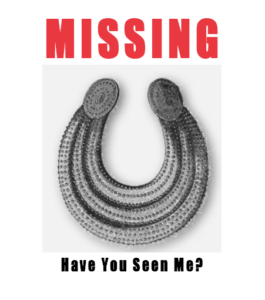

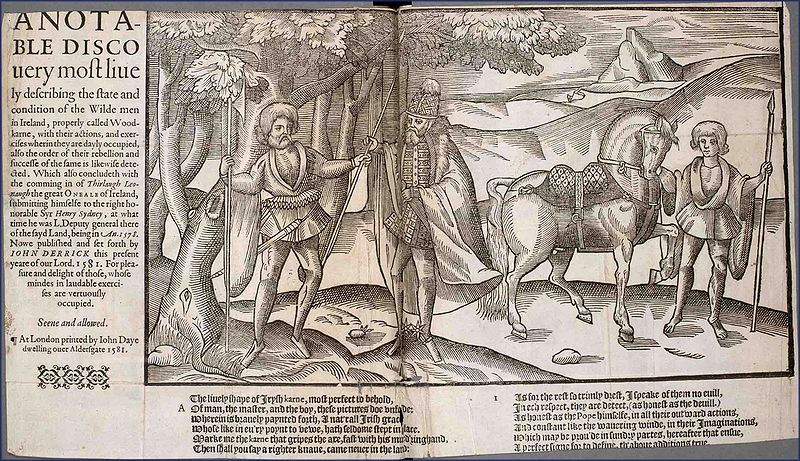
Pingback: The Power of Three: The Trinity in Irish Mythology, History, and Culture – The Brehon Academy